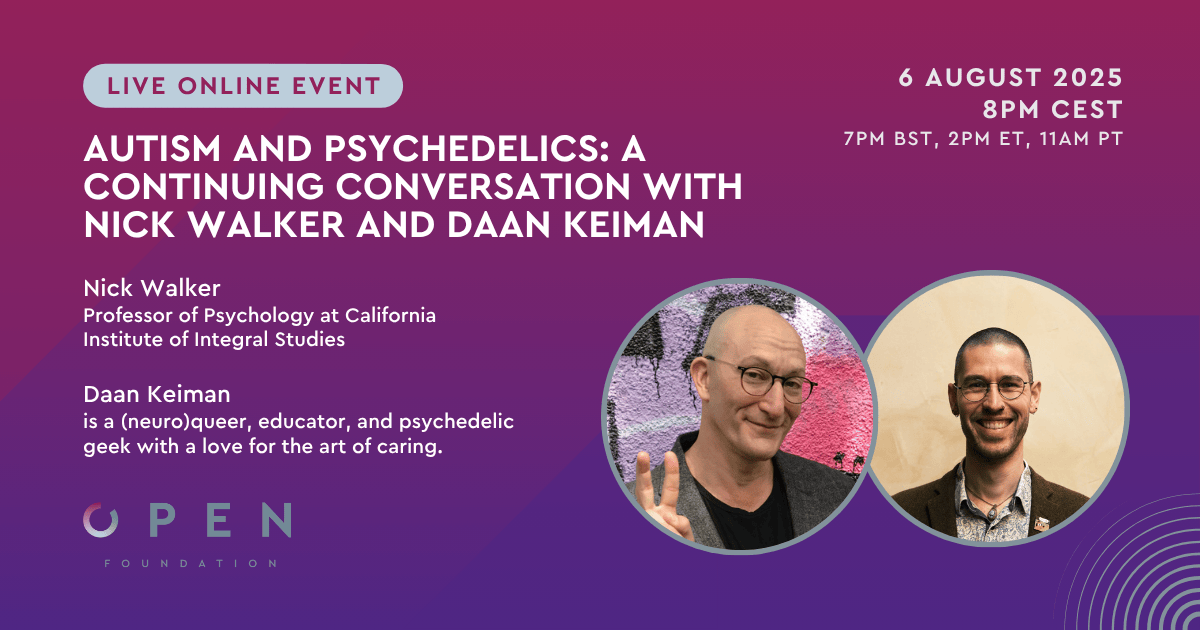Abstract
Context:
Both hallucinogens and 3,4-methylenedioxy-methamphetamine (MDMA or “ecstasy”) have direct agonistic effects on postsynaptic serotonin 2A receptors, the key site for hallucinogenic actions. In addition, MDMA is a potent releaser and reuptake inhibitor of presynaptic serotonin.
Objective:
To assess the differential effects of MDMA and hallucinogen use on cerebral serotonin transporter (SERT) and serotonin2Areceptor binding.
Design:
A positron emission tomography study of 24 young adult drug users and 21 nonusing control partici-pants performed with carbon 11 (11C)–labeled 3-amino-4-[2-[(di(methyl)amino)methyl]phenyl]sulfanylbenzo-nitrile (DASB) and fluorine 18 (18F)–labeled altanserin, respectively. Scans were performed in the user group after a minimum drug abstinence period of 11 days, and the group was subdivided into hallucinogen-preferring users (n = 10) and MDMA-preferring users (n = 14).
Participants:
Twenty-four young adult users of MDMA and/or hallucinogenic drugs and 21 nonusing controls.
Main Outcome Measures:
In vivo cerebral SERT and serotonin 2A receptor binding.
Results:
Compared with nonusers, MDMA-preferring users showed significant decreases in SERT nondisplaceable binding potential (neocortex, −56%; pallidostriatum, −19%; and amygdala, −32%); no significant changes were seen in hallucinogen-preferring users. Both cortical and pallidostriatal SERT nondisplaceable binding potential was negatively correlated with the number of life-time MDMA exposures, and the time of abstinence from MDMA was positively correlated with subcortical, but not cortical, SERT binding. A small decrease in neocortical serotonin 2A receptor binding in the serotonin 2A receptor agonist users (both user groups) was also detected.
Conclusions
We found evidence that MDMA but not hallucinogen use is associated with changes in the cerebral presynaptic serotonergic transmitter system. Because hallucinogenic drugs primarily have serotonin 2A receptor agonistic actions, we conclude that the negative association between MDMA use and cerebral SERT binding is mediated through a direct presynaptic MDMA effect rather than by the serotonin 2A agonistic effects of MDMA. Our cross-sectional data suggest that subcortical, but not cortical, recovery of SERT binding might take place after several months of MDMA abstinence.
Erritzoe, D., Frokjaer, V. G., Holst, K. K., Christoffersen, M., Johansen, S. S., Svarer, C., … Knudsen, G. M. (2011). In Vivo Imaging of Cerebral Serotonin Transporter and Serotonin 2A Receptor Binding in 3,4-Methylenedioxymethamphetamine (MDMA or “Ecstasy”) and Hallucinogen Users. Archives of General Psychiatry, 68(6), 562-576. http://dx.doi.org/10.1001/archgenpsychiatry.2011.56
Link to full text













